Author Archives: Andrew Galloni
Author Archives: Andrew Galloni
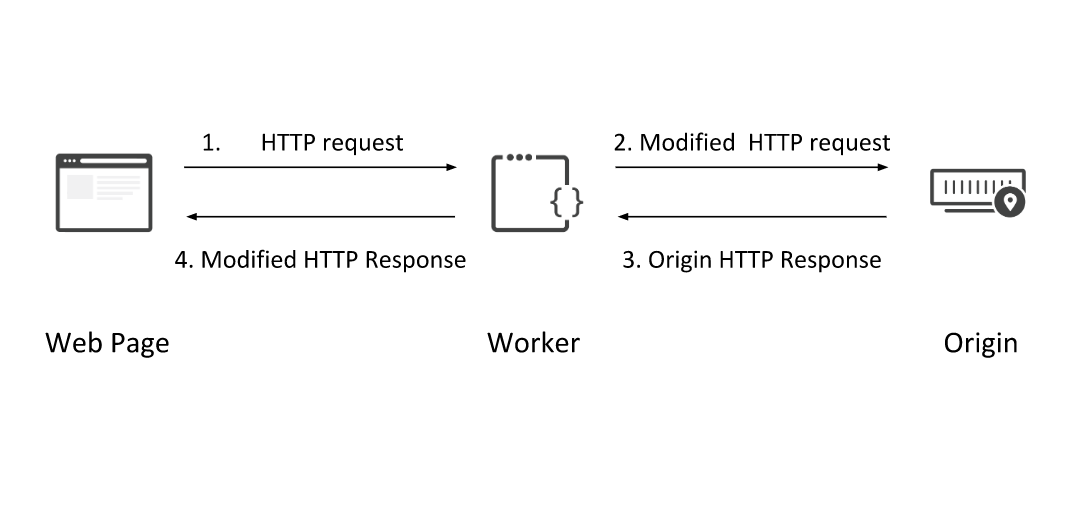
This article was originally published as part of Perf Planet's 2019 Web Performance Calendar.
Have you ever wanted to quickly test a new performance idea, or see if the latest performance wisdom is beneficial to your site? As web performance appears to be a stochastic process, it is really important to be able to iterate quickly and review the effects of different experiments. The challenge is to be able to arbitrarily change requests and responses without the overhead of setting up another internet facing server. This can be straightforward to implement by combining two of my favourite technologies : WebPageTest and Cloudflare Workers. Pat Meenan sums this up with the following slide from a recent getting the most of WebPageTest presentation:

So what is Cloudflare Workers and why is it ideally suited to easy prototyping of optimizations?
From the documentation :
Cloudflare Workers provides a lightweight JavaScript execution environment that allows developers to augment existing applications or create entirely new ones without configuring or maintaining infrastructure.A Cloudflare Worker is a programmable proxy which brings the simplicity and flexibility of the Service Workers event-based fetch API from the browser to the edge. This allows a worker to Continue reading
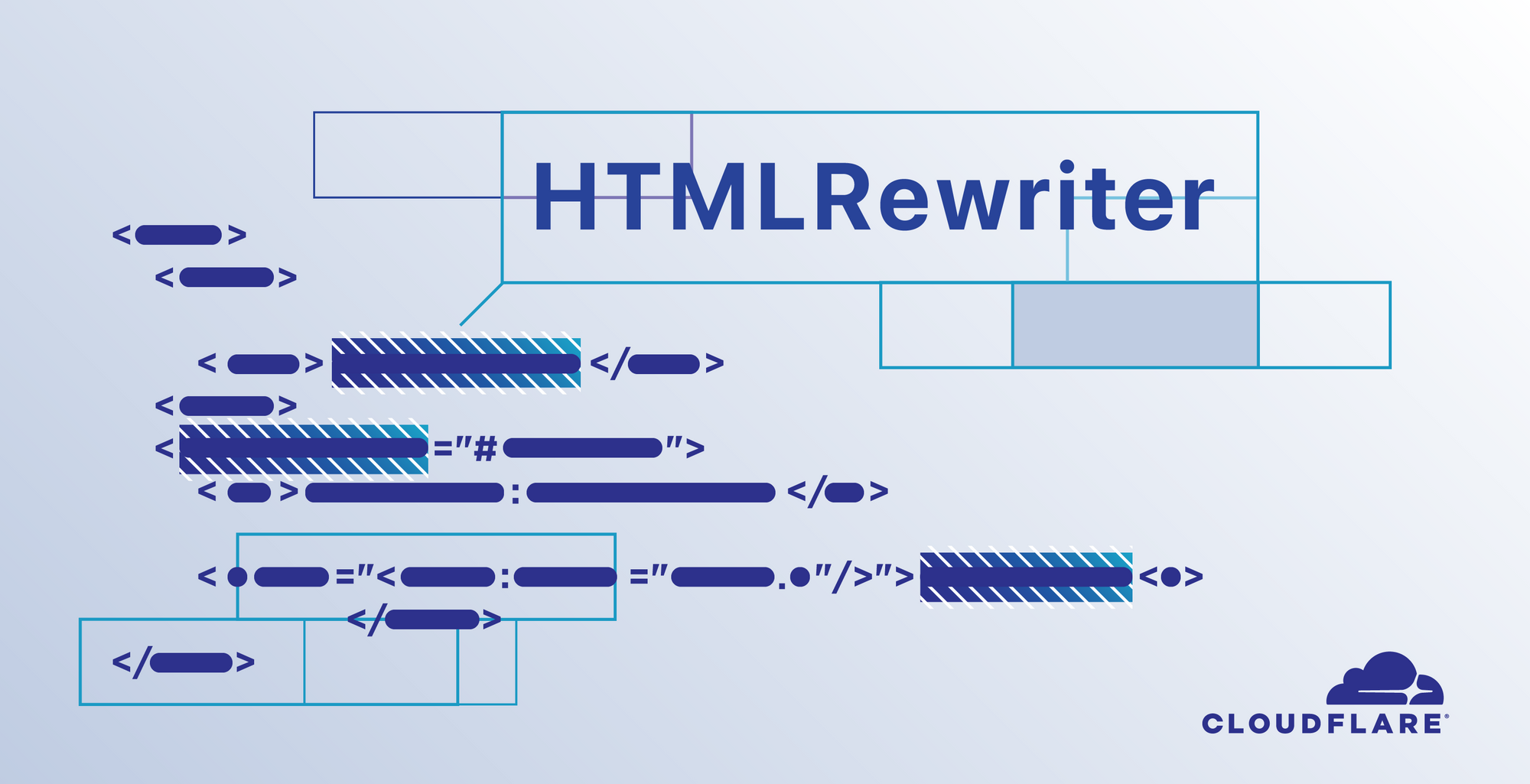
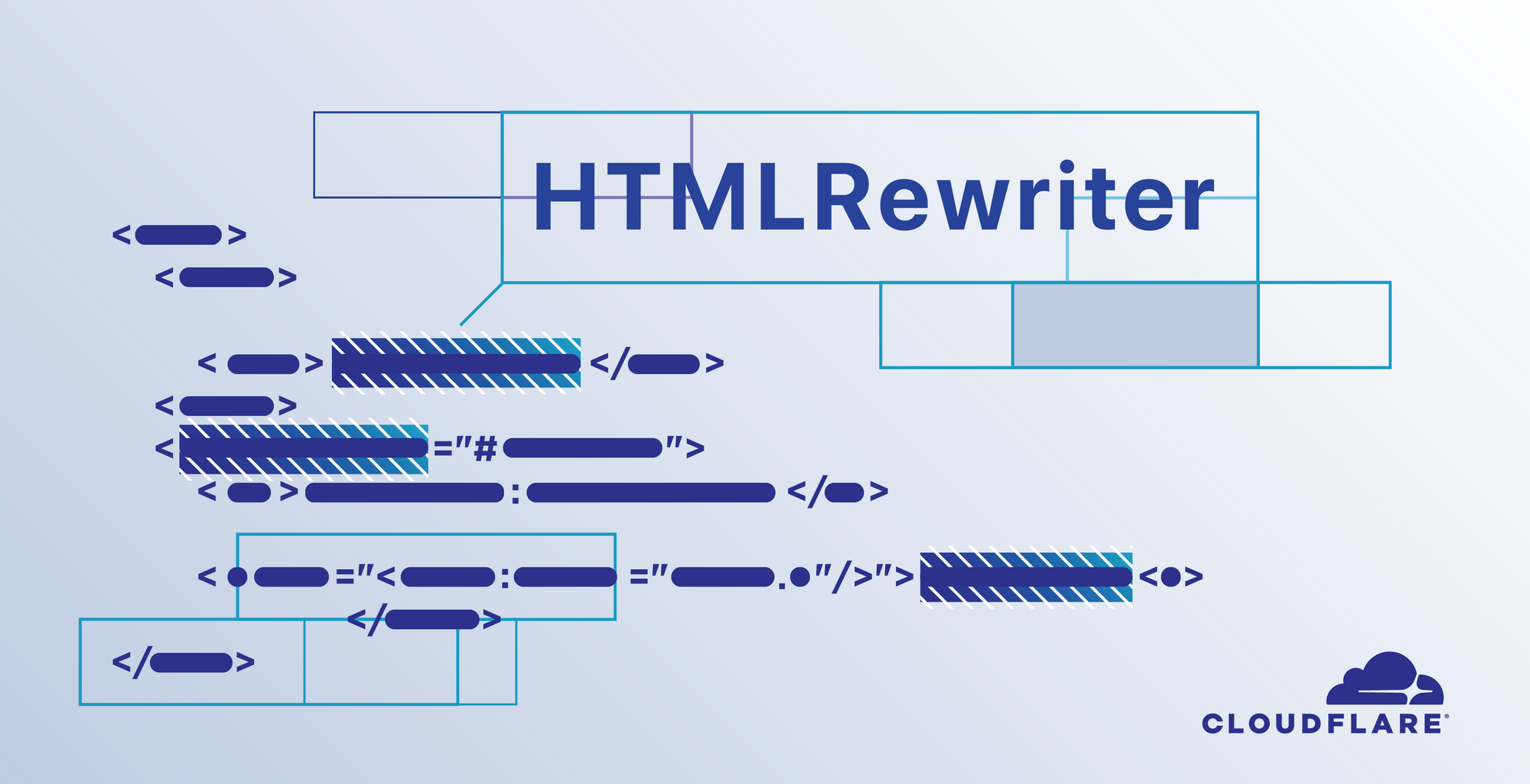
The second blog post in the series on HTML rewriters picks up the story in 2017 after the launch of the Cloudflare edge compute platform Cloudflare Workers. It became clear that the developers using workers wanted the same HTML rewriting capabilities that we used internally, but accessible via a JavaScript API.
This blog post describes the building of a streaming HTML rewriter/parser with a CSS-selector based API in Rust. It is used as the back-end for the Cloudflare Workers HTMLRewriter. We have open-sourced the library (LOL HTML) as it can also be used as a stand-alone HTML rewriting/parsing library.
The major change compared to LazyHTML, the previous rewriter, is the dual-parser architecture required to overcome the additional performance overhead of wrapping/unwrapping each token when propagating tokens to the workers runtime. The remainder of the post describes a CSS selector matching engine inspired by a Virtual Machine approach to regular expression matching.
In 2017, Cloudflare introduced an edge compute platform - Cloudflare Workers. It was no surprise that customers quickly required the same HTML rewriting capabilities that we were using internally. Our team was impressed with the platform Continue reading
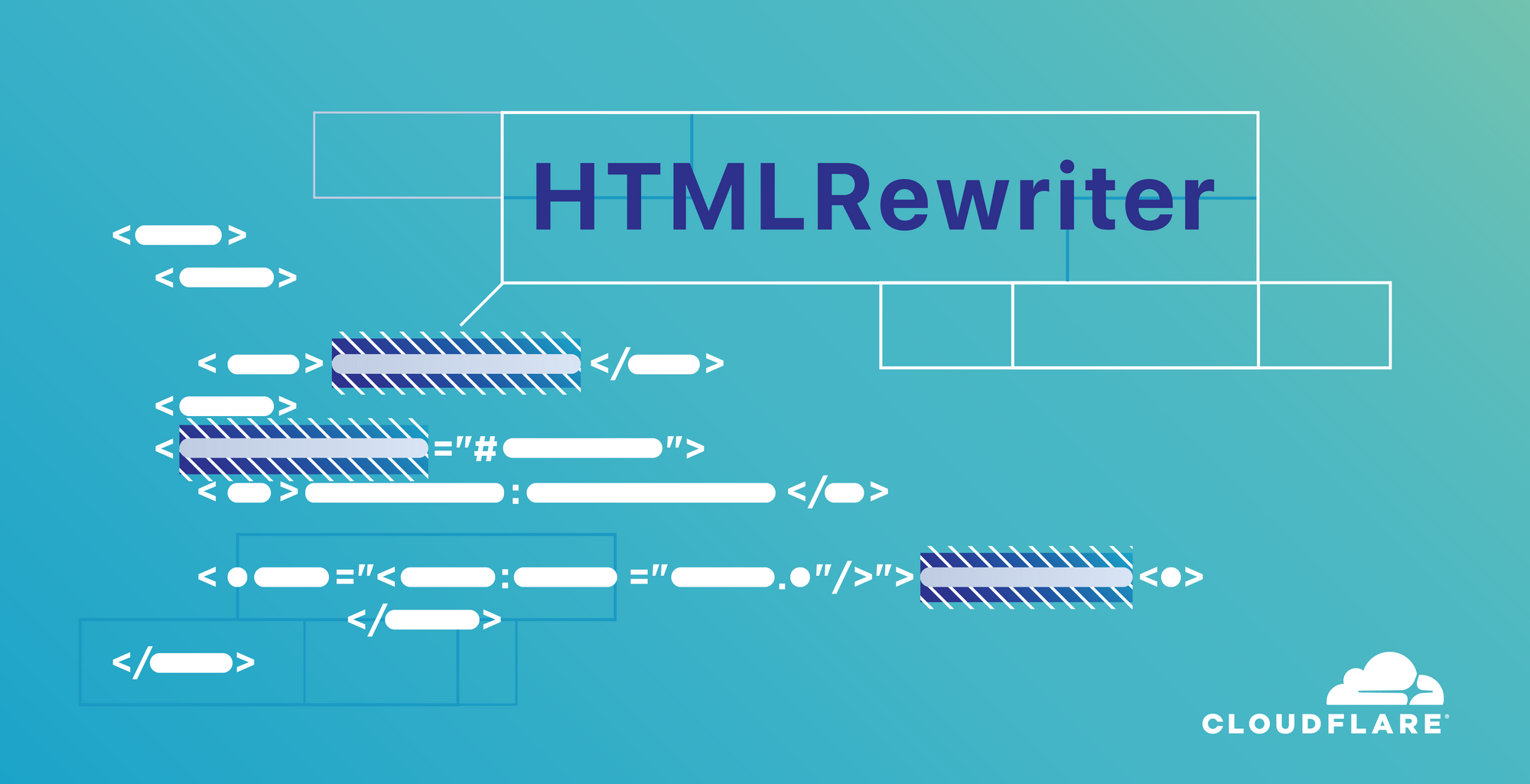
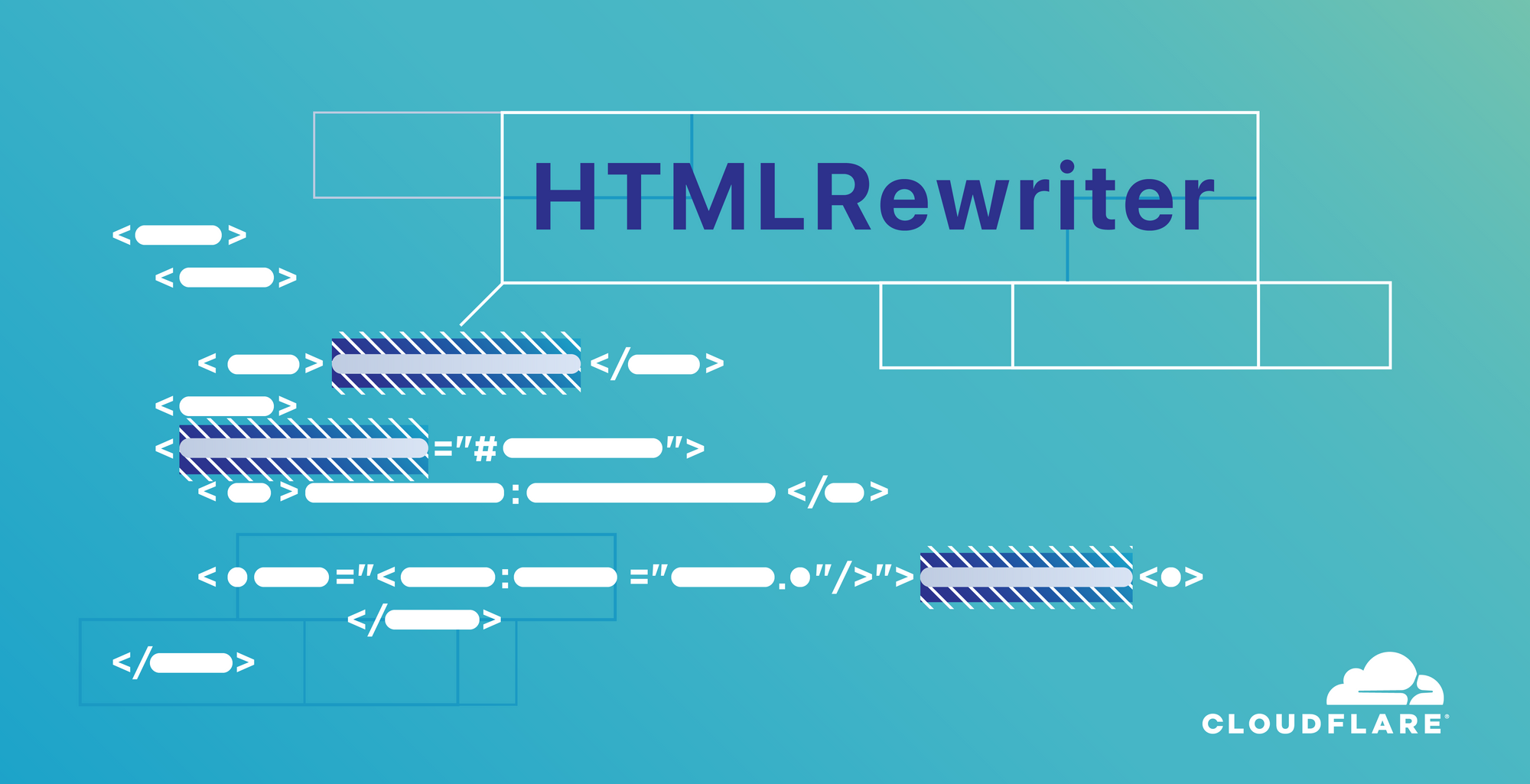
To coincide with the launch of streaming HTML rewriting functionality for Cloudflare Workers we are open sourcing the Rust HTML rewriter (LOL HTML) used to back the Workers HTMLRewriter API. We also thought it was about time to review the history of HTML rewriting at Cloudflare.
The first blog post will explain the basics of a streaming HTML rewriter and our particular requirements. We start around 8 years ago by describing the group of ‘ad-hoc’ parsers that were created with specific functionality such as to rewrite e-mail addresses or minify HTML. By 2016 the state machine defined in the HTML5 specification could be used to build a single spec-compliant HTML pluggable rewriter, to replace the existing collection of parsers. The source code for this rewriter is now public and available here: https://github.com/cloudflare/lazyhtml.
The second blog post will describe the next iteration of rewriter. With the launch of the edge compute platform Cloudflare Workers we came to realise that developers wanted the same HTML rewriting capabilities with a JavaScript API. The post describes the thoughts behind a low latency streaming HTML rewriter with a CSS-selector based API. We open-sourced the Rust library as it can also be used Continue reading
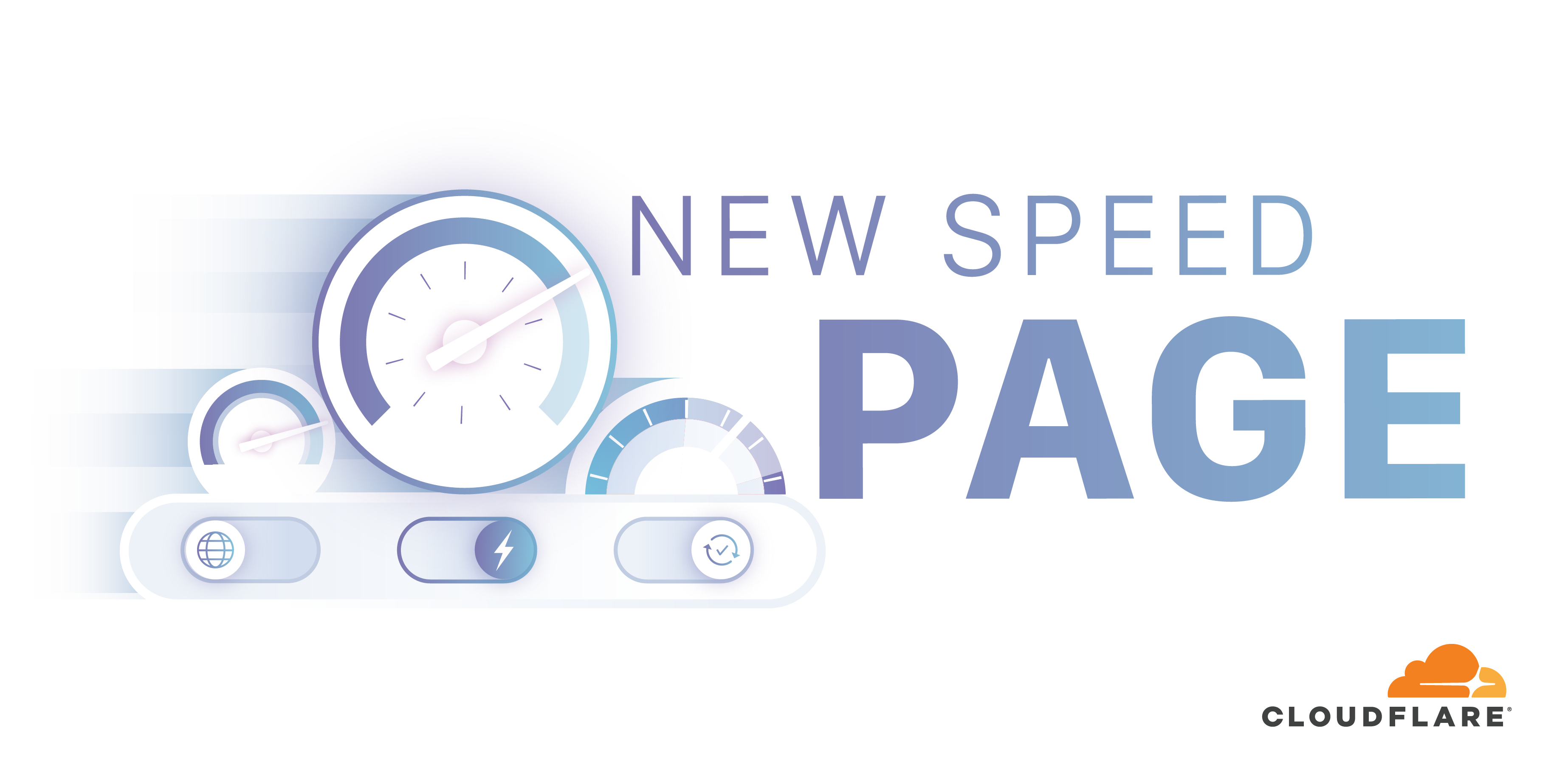
Congratulations on making it through Speed Week. In the last week, Cloudflare has: described how our global network speeds up the Internet, launched a HTTP/2 prioritisation model that will improve web experiences on all browsers, launched an image resizing service which will deliver the optimal image to every device, optimized live video delivery, detailed how to stream progressive images so that they render twice as fast - using the flexibility of our new HTTP/2 prioritisation model and finally, prototyped a new over-the-wire format for JavaScript that could improve application start-up performance especially on mobile devices. As a bonus, we’re also rolling out one more new feature: “TCP Turbo” automatically chooses the TCP settings to further accelerate your website.
As a company, we want to help every one of our customers improve web experiences. The growth of Cloudflare, along with the increase in features, has often made simple questions difficult to answer:
This post will describe the exciting changes we have made to the Speed Page on the Cloudflare dashboard to give Continue reading
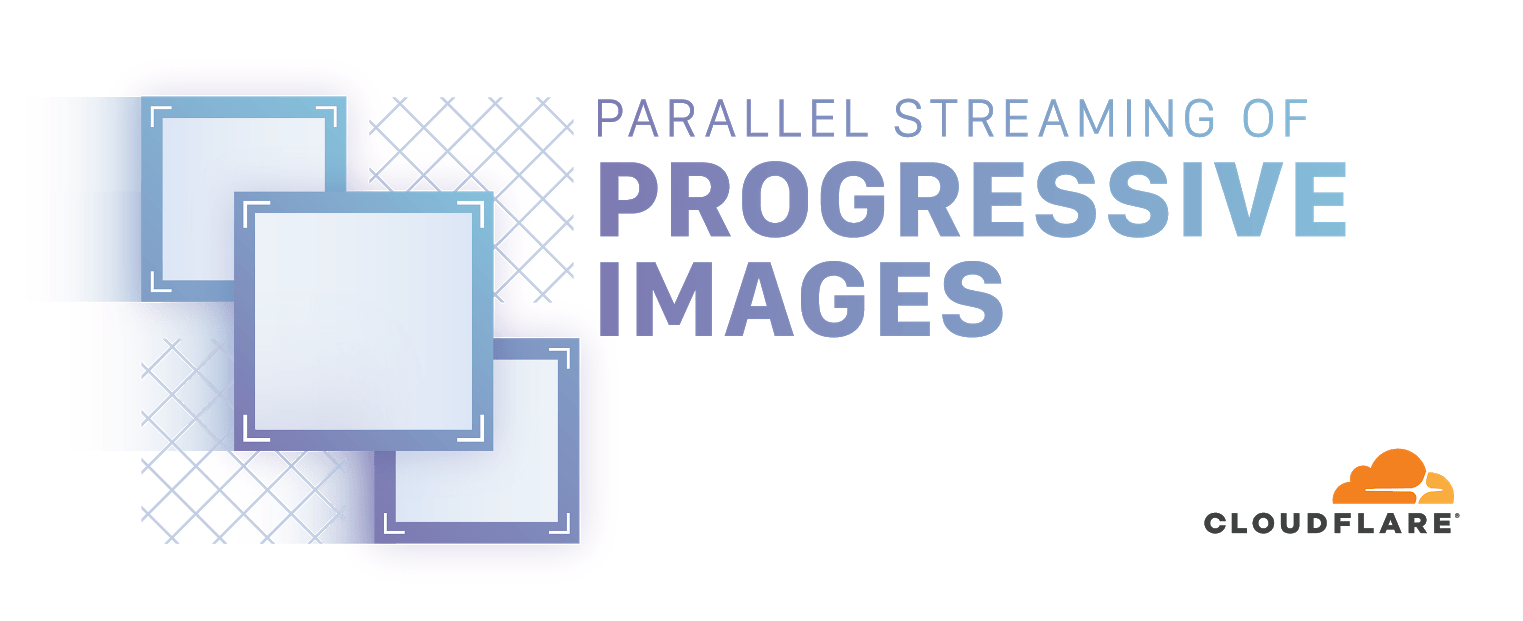
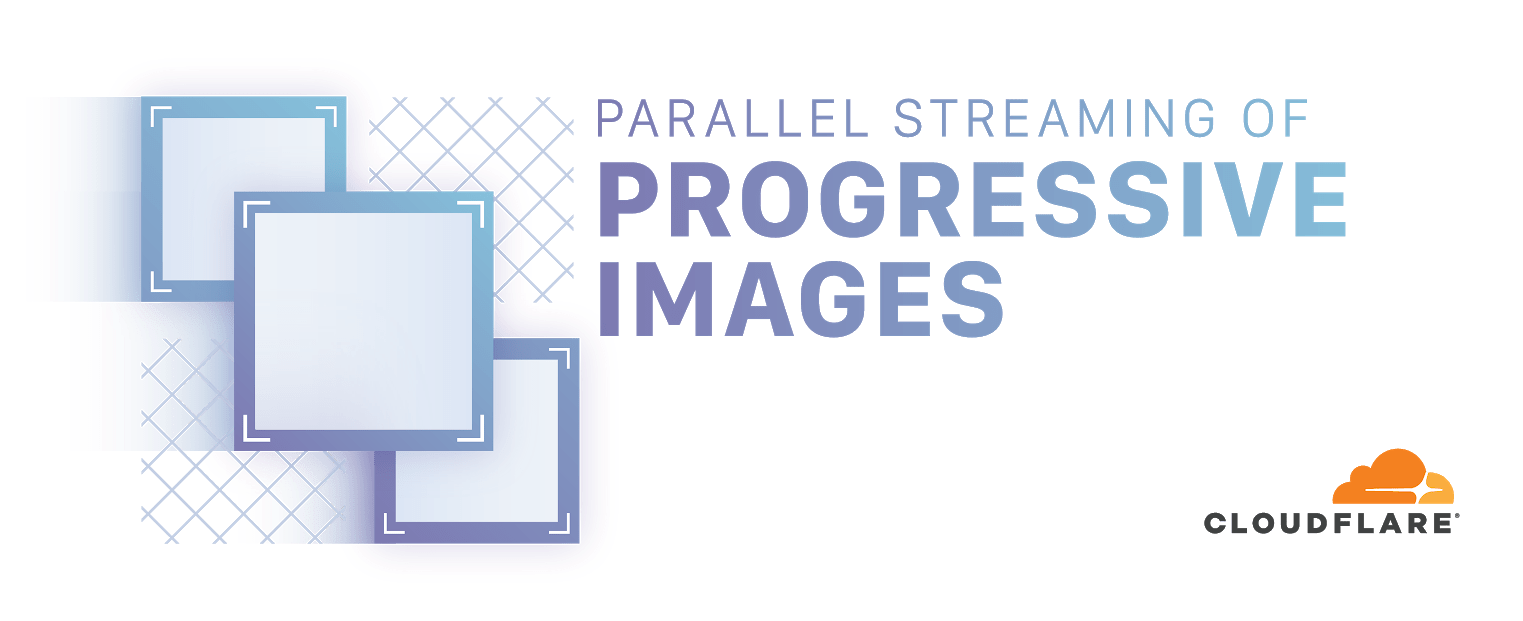
Progressive image rendering and HTTP/2 multiplexing technologies have existed for a while, but now we've combined them in a new way that makes them much more powerful. With Cloudflare progressive streaming images appear to load in half of the time, and browsers can start rendering pages sooner.
In HTTP/1.1 connections, servers didn't have any choice about the order in which resources were sent to the client; they had to send responses, as a whole, in the exact order they were requested by the web browser. HTTP/2 improved this by adding multiplexing and prioritization, which allows servers to decide exactly what data is sent and when. We’ve taken advantage of these new HTTP/2 capabilities to improve perceived speed of loading of progressive images by sending the most important fragments of image data sooner.
This feature is compatible with all major browsers, and doesn’t require any changes to page markup, so it’s very easy to adopt. Sign up for the Beta to enable it on your site!
Basic images load strictly from top to bottom. If a browser has received only half of an image file, it can show only the top Continue reading